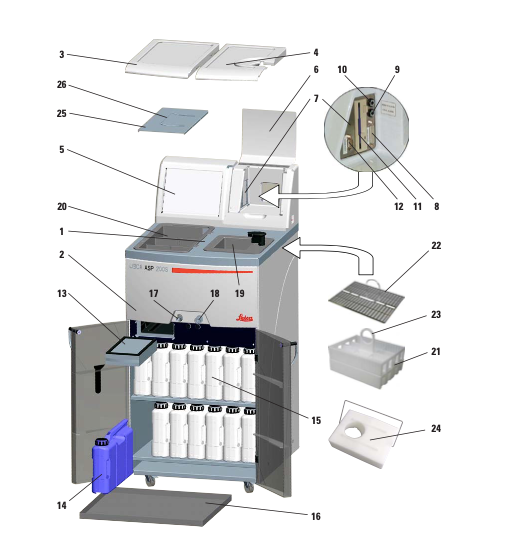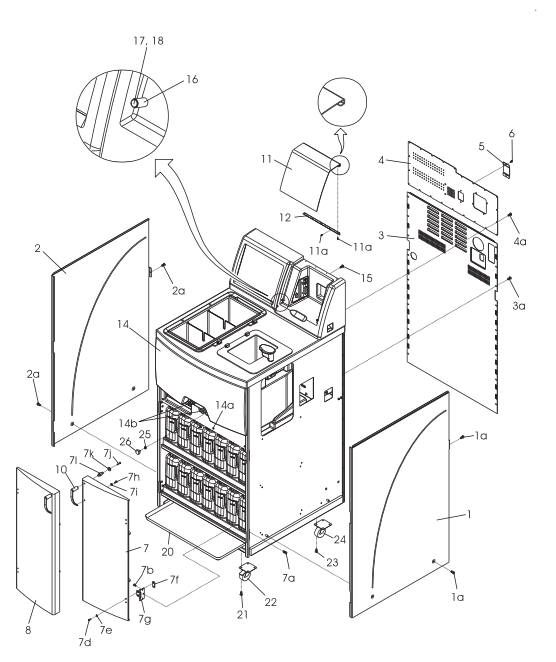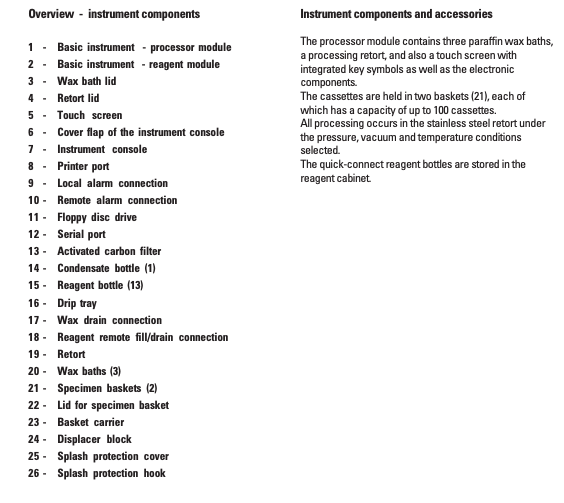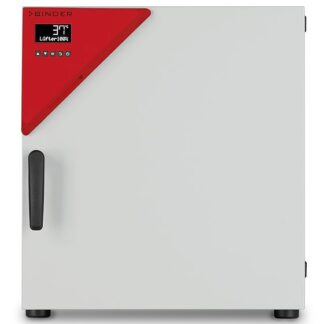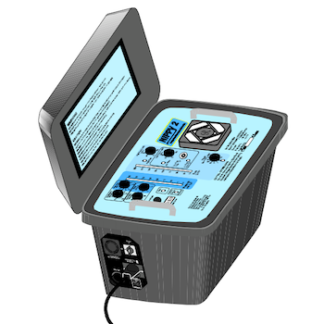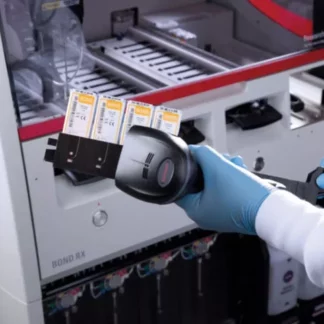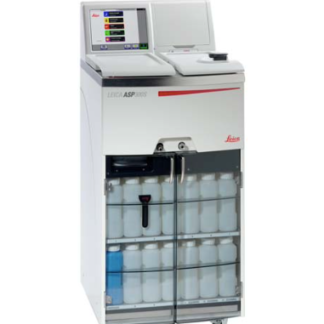Description
The Leica ASP 200 S and ASP 300 S tissue processors are advanced laboratory instruments used for the preparation of histological tissue specimens. These instruments are widely used in pathology and research laboratories to automate the tissue processing workflow, from fixation to embedding, and provide accurate and reproducible results.
The Leica ASP 200 S and ASP 300 S tissue processors are designed to handle a variety of tissue samples, including small biopsy specimens, larger tissue specimens, and whole organs. These instruments use a combination of chemical reagents and heat to dehydrate, clear, and infiltrate the tissue samples with paraffin wax, which provides support to the tissue during the cutting and staining processes.
The tissue processing workflow begins with tissue fixation, which involves the use of a fixative solution to preserve the tissue structure and prevent decay. The fixation step is critical to ensuring accurate and reliable diagnostic results. The Leica ASP 200 S and ASP 300 S tissue processors use a variety of fixative solutions, including formalin, ethanol, and other proprietary fixatives.
After fixation, the tissue is dehydrated using a series of graded alcohol solutions. The Leica ASP 200 S and ASP 300 S tissue processors use vacuum infiltration technology to ensure that the alcohol penetrates the tissue completely, resulting in uniform dehydration. The next step is tissue clearing, which involves the removal of the dehydrating agent and the infiltration of the tissue with a clearing agent, such as xylene or other proprietary clearing agents. The Leica ASP 200 S and ASP 300 S tissue processors use a combination of vacuum and pressure cycles to ensure complete and uniform infiltration.
Finally, the tissue is infiltrated with paraffin wax, which provides support for the tissue during the cutting and staining processes. The wax is melted and infused into the tissue using heat, under vacuum and pressure. The Leica ASP 200 S and ASP 300 S tissue processors use a variety of paraffin waxes, including low-temperature waxes that minimize tissue shrinkage and distortion.
One of the key advantages of the Leica ASP 200 S and ASP 300 S tissue processors is their ability to handle a large number of tissue samples simultaneously, with high precision and reproducibility. These instruments are designed to provide accurate and reliable results with minimal user intervention. They feature intuitive touchscreens and user-friendly interfaces, allowing for easy operation and maintenance. They also offer a range of safety features, including fume extraction and automatic shut-off in case of malfunction.
The Leica ASP 200 S and ASP 300 S tissue processors are essential tools for pathology and research laboratories, enabling the diagnosis and study of a wide range of diseases and conditions. These instruments have been extensively studied and evaluated in a laboratory setting, and their performance and capabilities have been well-documented in the scientific literature.

